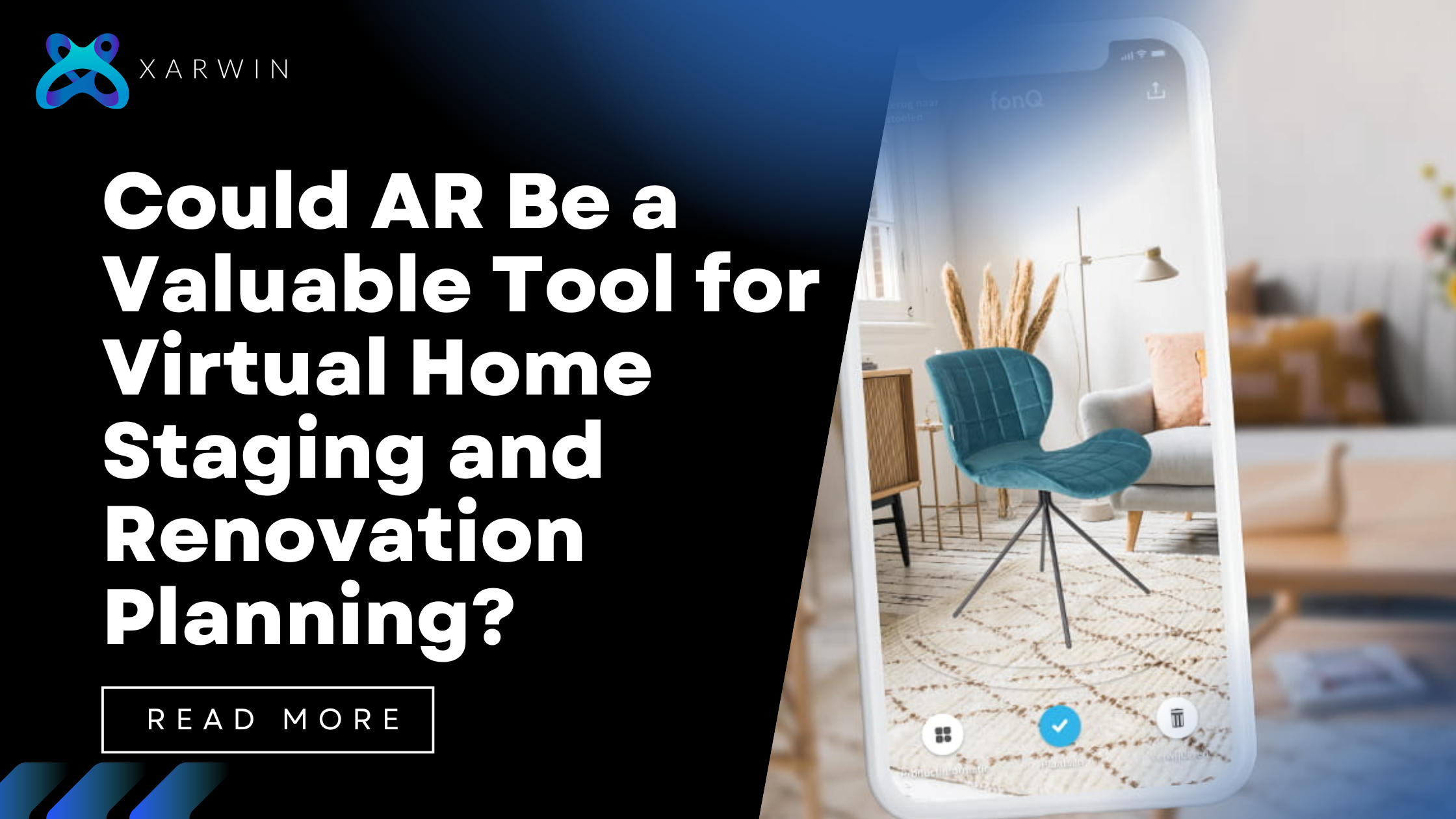While AR superimposes virtual entities over the real world, VR generates purely virtual settings. AR has become a preferred tool by designers and clients in interior design. By using AR, designers can build in 3d, virtual prototypes of their projects and superpose them upon real space in front of customers, yielding a better idea about what they are going to receive. AR enables the creation of such experiential models for clients, who could walk through the space on-site during the design stage.
With AR, the collaboration between the designer and the client is in real time. This makes the design process more practical. Designers can modify the colours, textural attributes, and materials on various elements of the space and observe which works out well.
Understanding AR and VR in Interior Design:
Before we delve into the comparison of AR and VR for interior design, let’s first understand the differences between these two innovative technologies.
Virtual Reality (VR) is a technology that creates a completely immersive digital environment, transporting users into a computer-generated world using specialized headsets and isolating them from the physical world.
On the other hand, Augmented Reality (AR) enhances the user’s perception of their surroundings by overlaying digital content onto the real world. AR is usually experienced through everyday devices such as smartphones, tablets, or AR glasses and seamlessly blends the virtual and physical worlds.
AR vs. VR for Interior Design
Why did AR Take the Crown?
-
Real-Time Visualization:
While other programs like Revit and Vray may simulate a similar experience, none can match AR’s distinct ability to overlay virtual features on the current setting, revealing a clear picture of how elements fit in with the surrounding area. It makes speedy decisions and maintains a smooth flow in the design process.
While VR is immersive, virtual reality falls short because users are required to stay in an imagined setting.
-
User-Friendly Accessibility:
The introduction of AR in application design has made them available to various people, including designers and clients, as they only need to access them through commonly used tools like an iPad or smartphone. Democracy is incorporated by enabling the participation of clients in an open style that allows involvement and interaction with the customers.
VR, on the other hand, relies on specialized headsets that might not be accessible to all users.
-
Enhanced Collaboration:
AR allows different stakeholders to observe their respective drawings in a physical environment and share notes toward a common goal. This enhances effectiveness in communications and ensures everyone is on board with a similar vision, thereby resulting in coordinated and successful outcomes.
While VR has an element of immersion, it could result in isolation, hindering cooperation among participants who are virtually present.
-
Cost-Effectiveness:
Sometimes, using AR in designing is cheaper than buying VR headsets. Customers are provided with the opportunity to use their own devices, thereby lowering the hardware investment budget while at the same time being cost-effective.
This could pose a larger financial risk due to the hardware requirements for designers and clients using VR.
The Power of AR in Interior Design
-
What’s in the future?
With Augmented Reality (AR), designers can now link their imagined design with reality. Using AR, clients can do a virtual walkthrough through these new spaces and envisage the transformation without actually having any physical changes undertaken. This gives clients a sense of immersion, thereby increasing their level of excitement about the design decisions.
-
Personalized Design Exploration:
AR goes beyond pure visualization and allows clients to become involved in the design process. They can try different colours, rearrange furniture, or even add items to suit their specific tastes. Such personal exploration creates a sense of ownership among clients and makes them highly satisfied with this tour.
-
Efficient Decision-Making:
Clients do not have to wait for design changes, as they can see them in real-time through AR. This efficiency speeds up the design process by shortening the time for conceptualization and implementation. Another advantage of AR’s real-time capability is that adjustments can be made while it is running to ensure that the final product not only meets but exceeds customers’ expectations.
-
Practical Applications:
AR goes beyond its application in spatial perception and is also a practical tool for interior design. It enables designers to measure spaces accurately, test various light setups, and see how their designs will appear in real life.
Conclusion: AR Wins.
AR is becoming the preferred tool for interior designers due to its real-time capabilities, user-friendly accessibility, collaborative potential, and cost-effectiveness. Unlike VR, which offers immersive experiences, AR can seamlessly integrate virtual elements with the real world, making it easier to bring designs to life.
As we move towards the future, AR is leading the way in innovation, transforming how we design and experience our living spaces. Designers and clients can now embrace the endless possibilities of AR, which unlocks a new era of creativity and efficiency in interior design.
As a trailblazer in augmented reality (AR), Xarwin combines innovation with a user-centric approach to redefine industry standards. Its team of expert engineers, designers, and strategists excels in crafting immersive AR experiences across various sectors. With each project, the company not only meets current demands but also shapes future trends, establishing itself as a leading force in the AR landscape.





